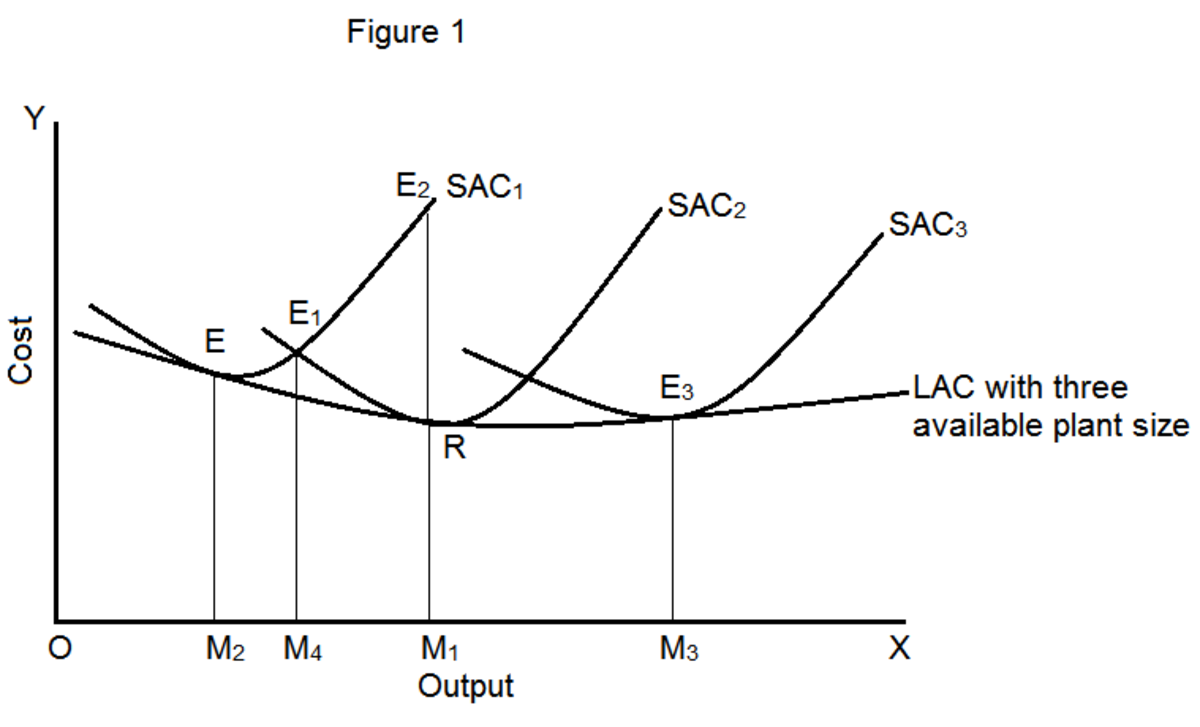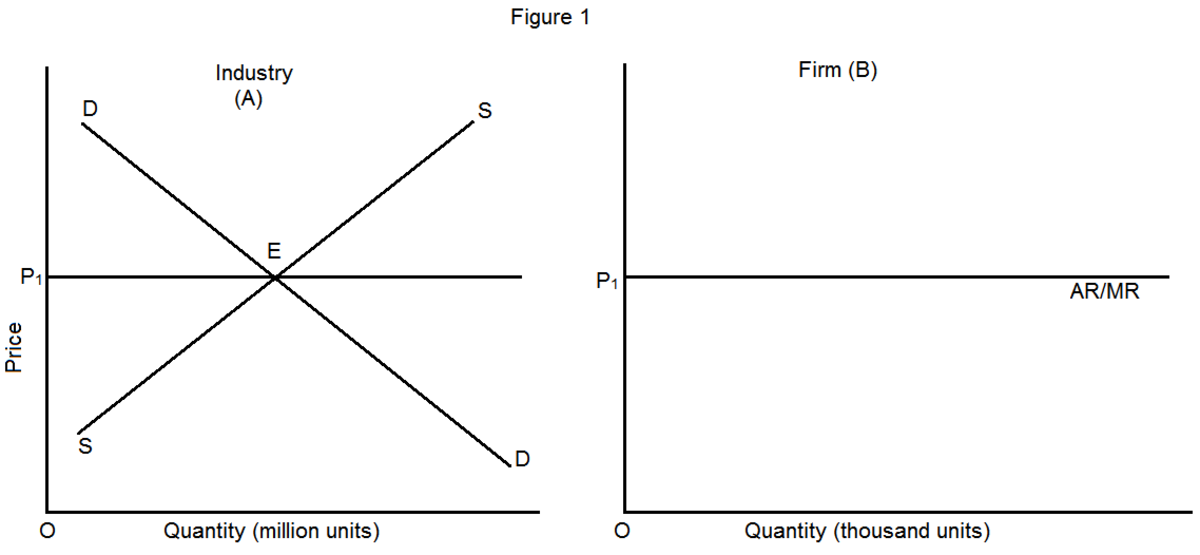THEORY OF THE FIRM: PROFIT-MAXIMIZING OUTPUT LEVEL OF THE FIRM AND TYPES OF PROFIT
Economists use the terms producer, supplier and firm interchangeably. A firm is defined as the unit that employs factors of production to produce commodities that it sells producers, individuals or to the government. To understand the theory of the firm, we assume that:-
(a) Each firm takes consistent decisions as if it were made up of a single individual. This means we ignore the internal problems of who reaches particular decisions and how they are reached.
(b) Each firm takes decision with respect to a single goal, which is to make as much profit as possible i.e. profit maximization.
(c) Firms are the principal users of factors of production. Based on the assumption of profit-maximization (or cost minimization), the firm is described as “rational” or as a profit maximizer. Any firm that is maximizing profit will certainly want to be producing its chosen output level at the minimum possible cost. By producing this output level at lower cost, it could increase profit.
The rational firm takes a decision concerning which particular output level to produce, and how much to sell this output in order to maximize profit. When the firm succeeds in determining this output level and is now enjoying the highest profit, the firm is said to be in equilibrium. At this equilibrium there will be no tendency for the firm to expand or contract output because any adjustments in output may decrease the level of profit. The firm is said to be in equilibrium when at a particular output level, the firm’s goal of profit maximization is achieved in production, so that the firm could produce the same output level from one time to another, all things being equal. When the firm is in equilibrium, it does not need to expand or reduce output level that enables it to maximize profit.
The firm maximizes profit when its marginal revenue (MR) equals its marginal cost (MC) at that level of output (equilibrium output) where MC is rising. In an earlier writing (see The Short-run Period and costs…), it was established that the MC curve is U-shaped. The MR equals the MC at a point on the rising portion of the MC.
Profit Determination
To calculate profit, we subtract Total Cost (TC) from Total Revenue (TR) i.e. Profit = TR – TC. A firm’s revenue is the total amount it earns by selling goods or services in a given period. The unqualified term ‘revenue’ is often used to refer to Total Revenue (TR). The firm’s costs (total cost) are the expenses incurred in producing goods or services during a given period. Profits are the excess of revenue over costs.
TR = output (Q) × Average Revenue (AR). TR = Q × AR
TC = Q × Average Cost (AC). TC = Q × AC
Economic Profit = TR –TC
Economic Profit = (Q × AR) – (Q × AC)
Profit = Q (AR - AC) but P = AR.
Therefore, Profit = Q (P – AC) where P is the price at which the firm sells a unit of commodity and AC is the average cost or the cost per unit of output produced, Q is the equilibrium output or the profit-maximizing output.
When P= AC profit is zero and this type of profit in economics is called Normal profit. We have normal profit when TR = TC. Normal profit is that which is just enough to keep the firm in production. When P > AC this gives positive profit and this is called supernormal profit. Supernormal profit is the profit over and above the normal profit (or the returns which the owners could have earned by lending their money elsewhere at the market rate of interest). Losses are suffered by the firm when P
With data on the per unit cost of a firm’s product and the per unit price of that product and profit-maximizing output level known, the firm’s profit can be calculated using the profit formula above.










